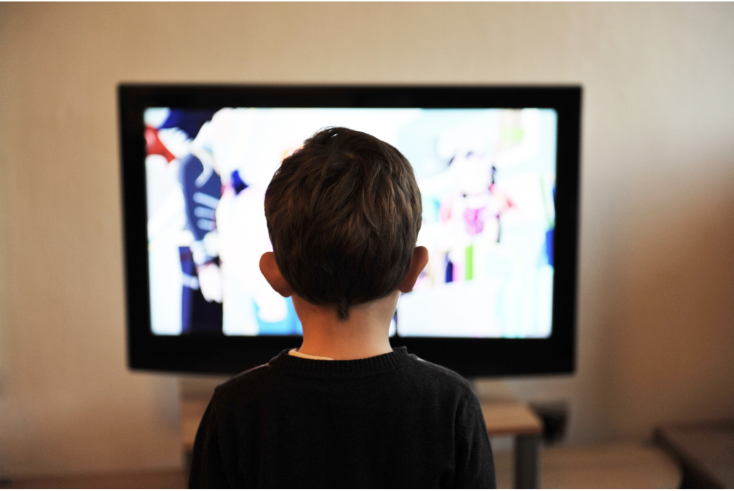Time for TV to box clever

Opinion
TV advertising excels at delivering high recall and building brands, so why is ad spend flowing to digital?
Last month for The Media Leader, Danny Donovan wrote that TV is king when the metrics are trust, positivity, attention and high impact. And I couldn’t agree more.
Tight regulation (Clearcast), a well-established complaints procedure (ASA), and 60+ years of commercial history guarantees an unrivalled degree of trust with audiences.
TV creates massive, shared, emotional moments in sport and drama that reverberate positivity. It’s one of the reasons why unique programming context is so crucial.
A lot of TV we watch is high impact appointment-to-view. If I want to see a show or a big sporting event, I will make sure I’m in front of the TV when it starts. Even when I’m watching TV passively, I will be sitting on a sofa riveted to the screen. I will be paying attention.
None of this is up for debate — its why TV advertising excels at delivering high recall and building brands. The real question is: why, given these incredible attributes, is ad spend flowing to digital?
Selecting the metrics on which to measure an advertising medium will determine if it compares favourably to an alternative. Rather than focusing on trust, attention, and positivity, why don’t we look at ease of set up, speed to market, and access to the data and analytics that help evaluate if the campaign is working (or not)?
Start-ups that are busily building hyper growth B2C businesses value speed to market and near real-time advertising response signals above all else. The long tail of smaller advertisers even more so.
We can continue to re-emphasise TV’s virtues (wrapped up in buzz words and behavioural science). We can also emphasise how poorly digital compares. But what is the point? If you follow the money, advertisers have a very different view. I guess Donovan’s article aims to re-educate.
How about this as an explanation of why money has moved from TV to digital — the virtues of digital advertising are more important to advertisers than trust, attention, and positivity.
Starting a digital campaign is simple. In fact, it is so simple, that many start-ups do it in-house. It takes no time to get a digital campaign live. It seems almost magical to think of an ad campaign in the morning and see it live in the afternoon.
Make no mistake, data is the fuel for hypergrowth businesses, and it comes as part of the standard digital advertising proposition in near real time. The default position for TV advertising is that genuinely granular data is not available until after the campaign finishes, often 45 days after the first ad aired. This fact alone can exclude TV advertising from many plans.
The good news for TV is this: it’s much more difficult for digital platforms to acquire the positive emotional and rational attributes of TV than it is for TV to simplify and streamline its advertising process to make it a better fit for today’s advertisers.
David Cloudsdale is co-founder of TV advertising and campaign management platform Adalyser.




